Brutalism and the Bauhaus in Britain
Adrien Brody won the Best Actor award for his turn in ‘The Brutalist’, playing the role of Lazslo Toth, one of the key movers in the architectural movement. Will Hosie takes a look at the legacy of Brutalism in Britain, looking at the best buildings both of Brutalism and the Bauhaus Movement which preceded it.

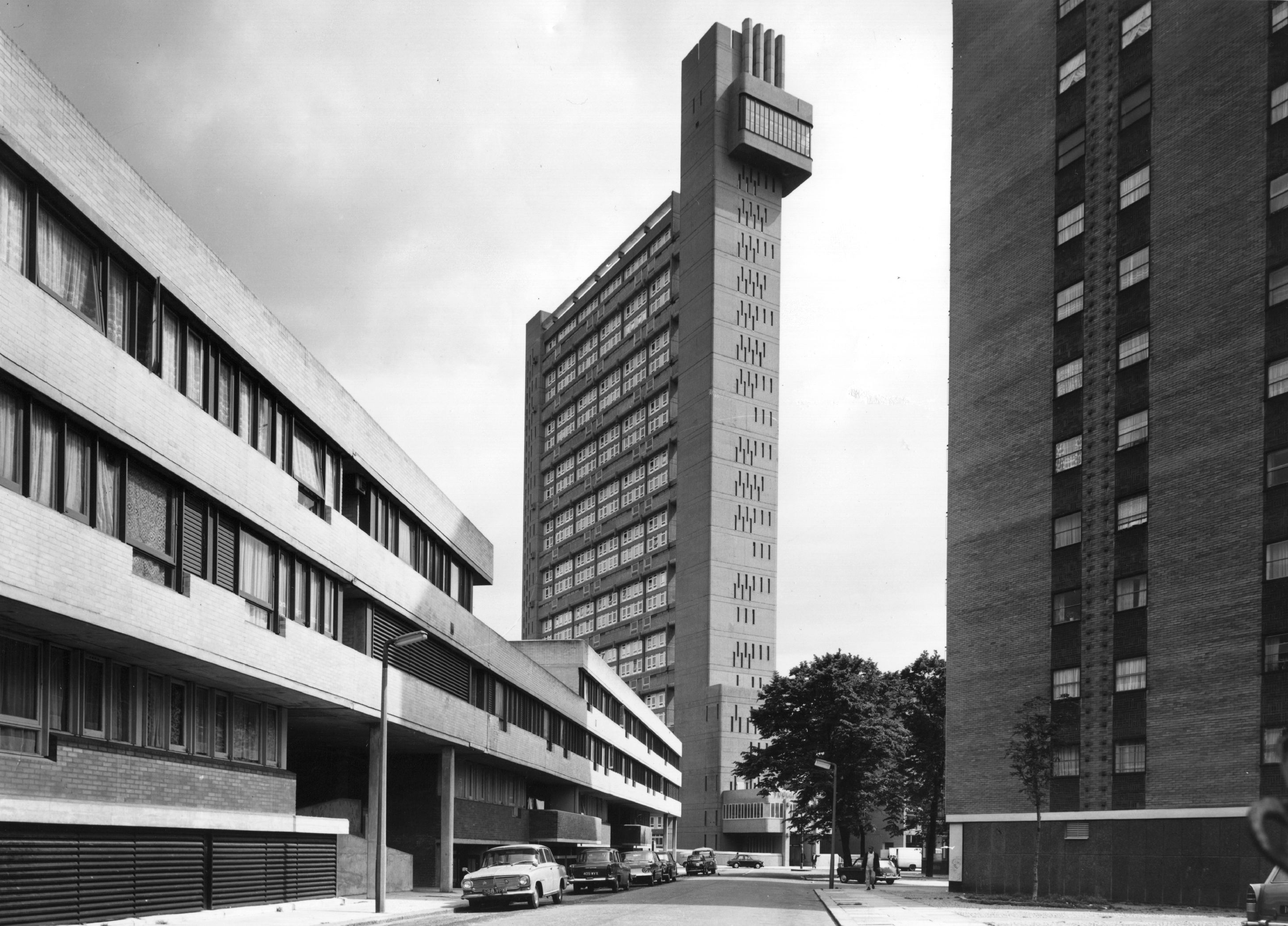
Architecture plays an essential role in several of this year’s Oscar-nominated films.
Conclave’s modernist spin on the Vatican — a vision lifted from fascist-era Rome — provides the austere setting for a papal succession drama and the political machinations bubbling beneath a chaste and sombre surface.
In I’m Still Here — a film about the 1964 disappearance of Brazilian congressman Rubens Paiva — political upheaval and clandestine resistance is offset by the Paivas’ idyllic, mid-century modern home: the safe house recast as a haven. But the film in which architecture plays the most central role is, of course, The Brutalist.
The movie tells the story of an acclaimed Hungarian architect, Lazslo Toth, who survives the Holocaust and attempts to build a new life in America. Despite its lead in the Oscar race, it has been marred by accusations of AI misuse. Director Brady Courbet has come under fire for artificially tweaking Adrien Brody’s accent in scenes where he speaks Hungarian, and for using AI to generate several architectural drawings.
This has overshadowed another, possibly more justified polemic surrounding terminology. Toth docks at Ellis Island in 1947, yet Brutalism, to historians, corresponds to a different decade and continent. Indeed, the movement that gave us Trellick Tower and the Barbican complex is a distinctly British invention, starting in the 1950s.
Toth is not a Brutalist in the purest sense, but rather a student of the Bauhaus movement: one which shares — or rather, precedes — Brutalism’s penchant for scale and functionality. While the two exist in dialogue, Bauhaus itself was born ex nihilo, cutting through the romance and ornaments of the Arts and Crafts movement that was popular across Europe at the turn of the century.
The Bauhaus started out as a school in Weimar. It was founded in 1919 by the modernist architect Walter Gropius: a pioneer of what became known as the ‘international style’ (think Y-shaped apartment buildings, minimalist interiors, and lots of concrete). His manifesto was simple, but grand: to unite the disciplines of architecture, sculpture and painting, and break down the barriers to entry for those wishing to contribute. His vision was of a collective future, with architecture in service to social unity.
Exquisite houses, the beauty of Nature, and how to get the most from your life, straight to your inbox.
To the untrained eye, there is little to tell Bauhaus and Brutalism apart. Both are obsessed with structure, geometry, and ‘honesty in materials’ (exposing steel as a mark of a building’s strength, say, rather than hiding it for aesthetic reasons). But experts can spot the difference: where Bauhaus prioritises simplicity, Brutalism is more expressive. As an amateur, I find the easiest way to tell them apart is to ask whether or not the building you’re looking at is pretty. This is entirely subjective, of course, but I tend to find Bauhaus a little easier on the eye.
The starkest difference between Bauhaus and Brutalism is their respective embrace by the British. The UK, and London in particular, is home to some of Brutalism’s eternal masterpieces: the National Theatre, Southbank Centre and the Institute of Education (now part of UCL). Bauhaus, by contrast, was shunned decades prior for being soulless and unenglish. A 2019 exhibition at the Royal Institute of British Architects displayed letters from the day criticising the work of Gropius and his contemporaries.
Even Gropius seemed to agree that Bauhaus would never be at home in Britain: he once called the country ‘a land of fog and emotional nightmares’. Yet his four years in England — where he lived after fleeing Nazi Germany — have found a lasting legacy in the Bauhaus-inspired buildings that punctuate our modern landscape. Though pure Bauhaus structures are few and far between, the country is crisscrossed by monuments erected in tribute.
These are uncompromising buildings: simple, yet singular, and steadfast in urging us to reconsider how to live, and how to let the light in.
1. The Isokon Building, Belsize Park, London
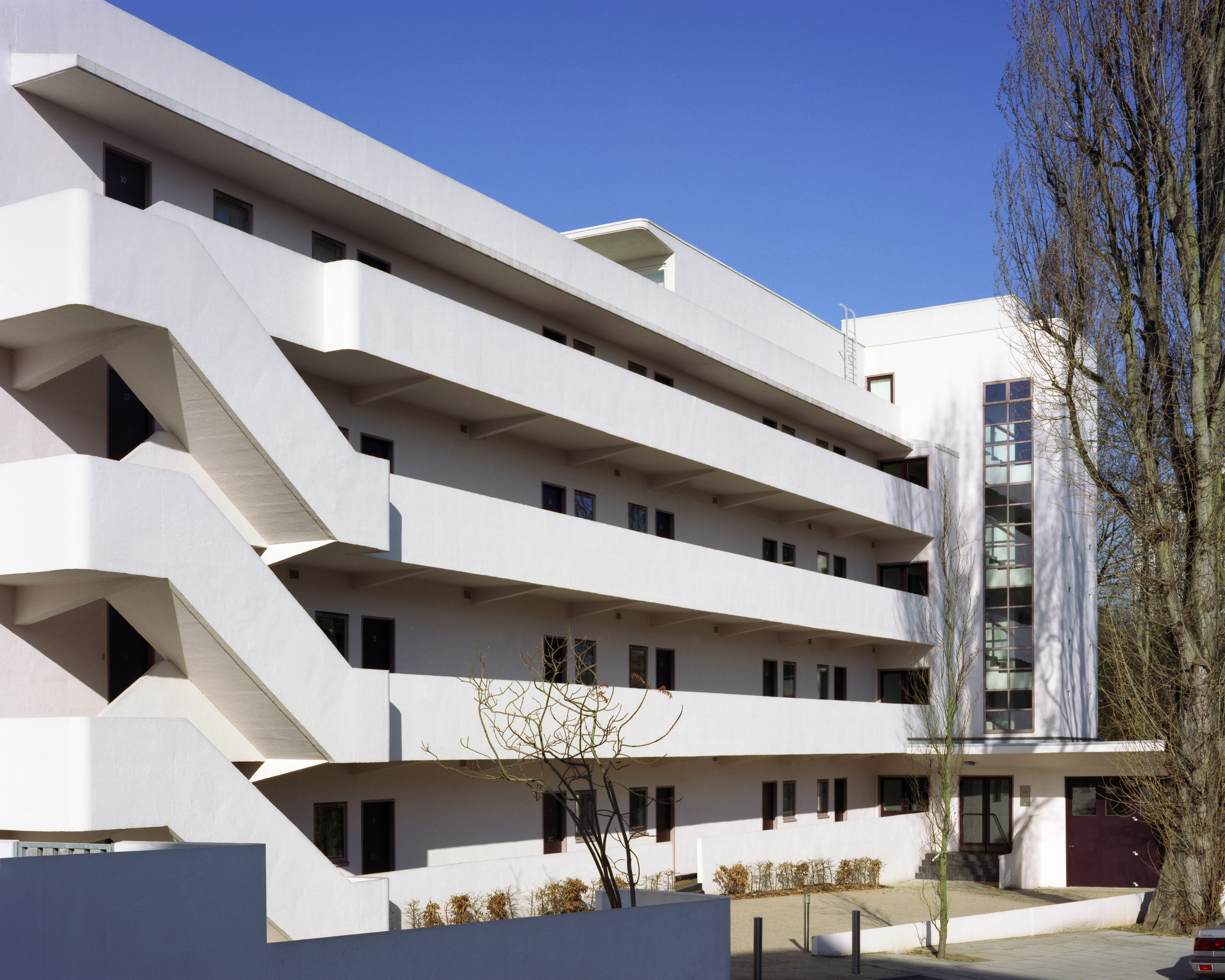
Designed by Canadian expatriate Wells Coates and completed in 1934, this Grade I-listed building was conceived as a progressive experiment in urban living and was the first to ever use reinforced concrete.
Inspired by Le Corbusier, who believed buildings should be ‘machines for living’, Coates designed the Isokon to hold 32 flats. Constricted dimensions called for simplicity: early advertising for apartments in the building claimed all you’d need to bring was ‘a rug, an armchair and a picture’.
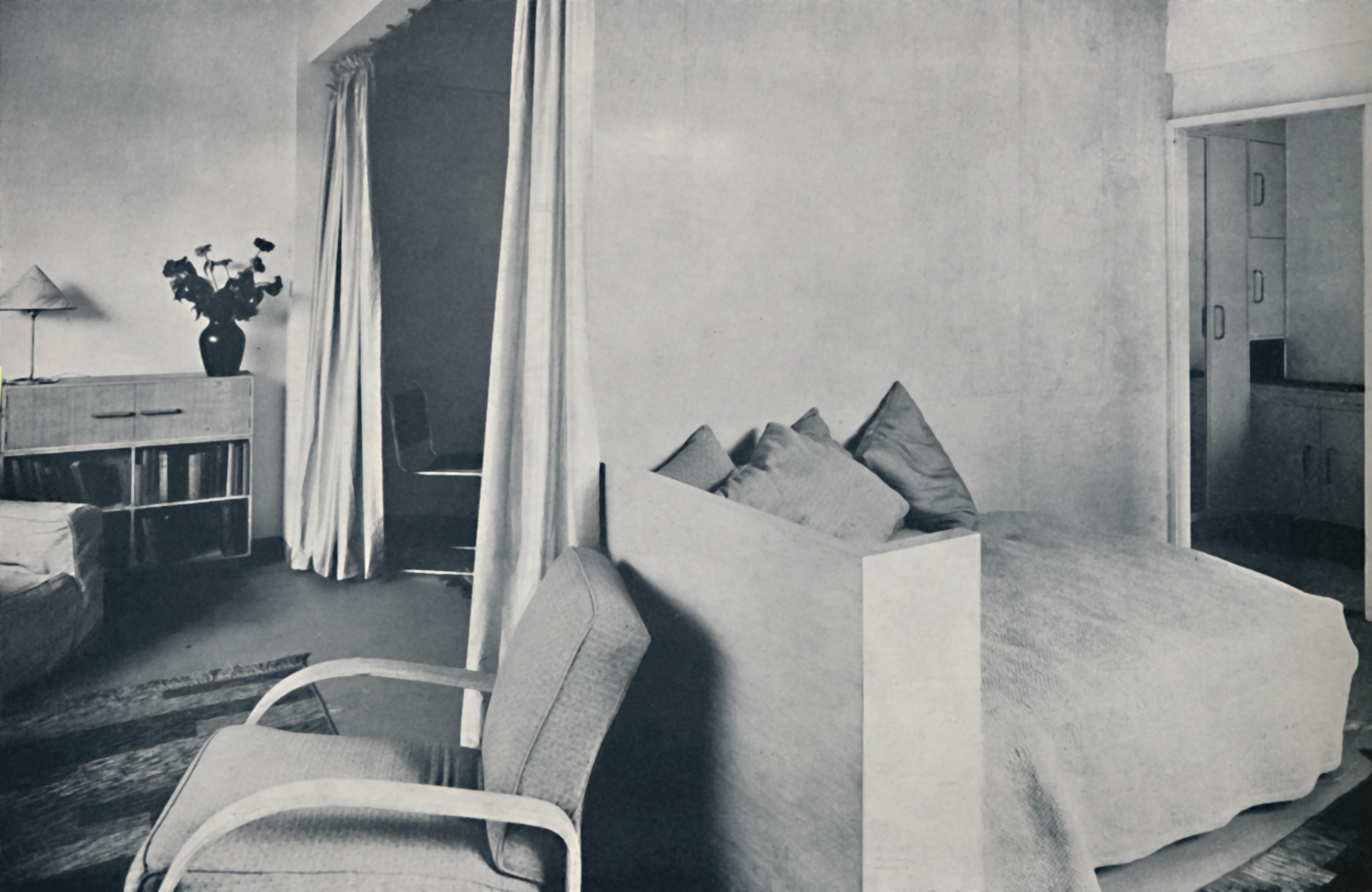
A studio living-room in one of the Isokon Lawn Road Flats, in 1936
The original building sounds like a swanky hall of residence: there was a communal kitchen where tenants prepared their meals, connecting to residential floors via a dumb waiter. This was later turned into a restaurant, Isobar, with a design by Marcel Breuer (thought to be the direct inspiration for Laszlo Toth).
Isobar became a favourite haunt of the émigré intelligentsia, and perhaps unsurprisingly, a draw for architects — including the designer of Tate Britain’s Clore Galleries and the Neue Staatsgalerie, James Stirling.
Among the building’s most famous residents were Walter Gropius, the father of Bauhaus, and Agatha Christie, who wrote her novel N or M? there. Today, many of the flats provide accommodation for key workers under a co-ownership scheme.
2. The Wood House, Kent
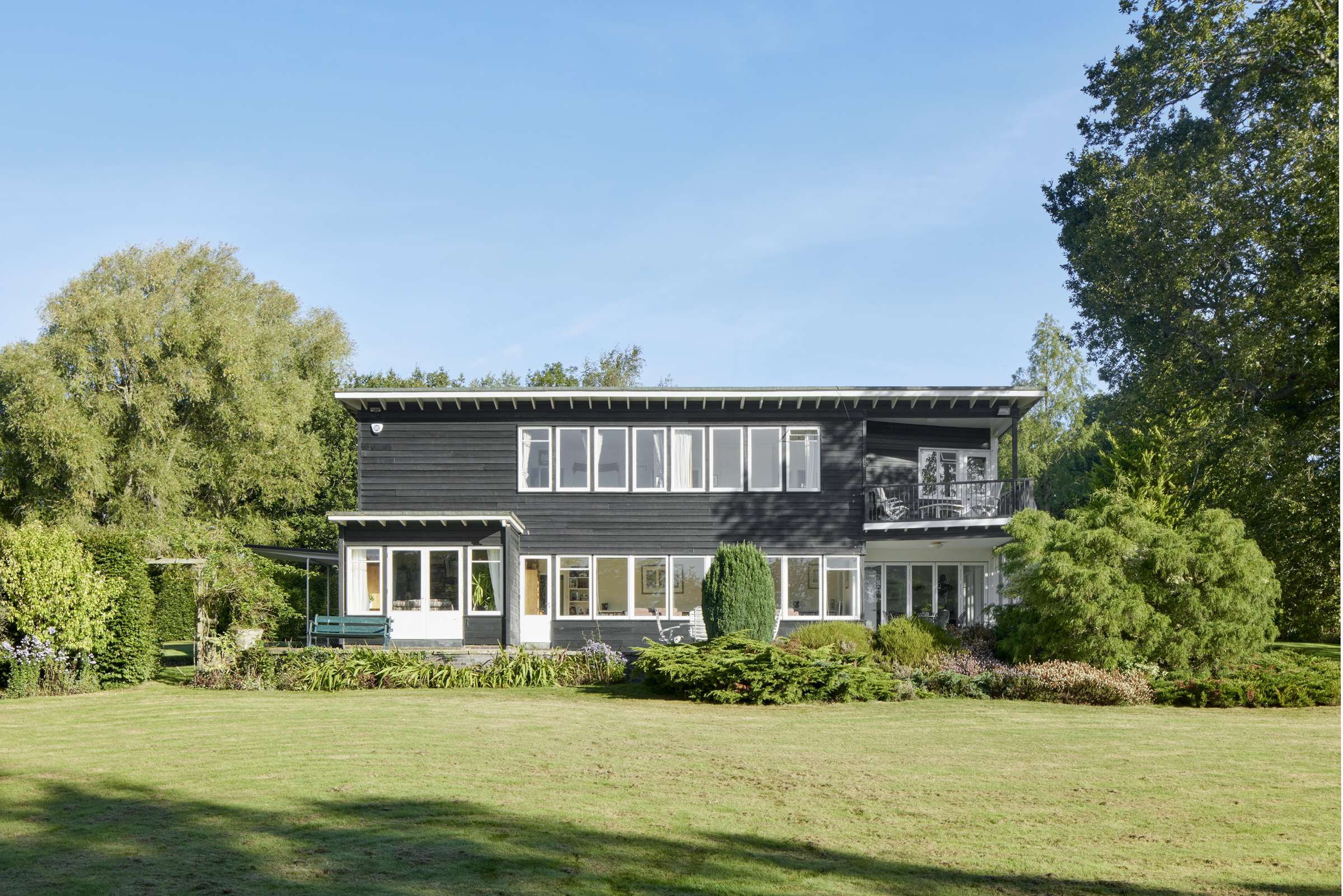
Gropius may be better known for his work in America, but he didn’t leave the UK without making his mark. The Wood House is a perfect illustration of the Bauhaus principles: form in service to function, with longevity at heart. Clad in blackened, weatherboard Canadian cedar, the building is the fruit of Gropius’ collaboration with fellow architects Maxwell Fry and Walter Segal — who would later lead a vogue for self-built council homes in Lewisham.
Gropius’ partnership with Fry is well documented: the Wood House was built around the same time Fry built Miramonte, a six-bedroom Bauhaus home in New Malden, Surrey — which went on the market last year for £6.25 million following restoration 25 years ago by Avanti Architects.
3. The Goldfinger House, Hampstead, London
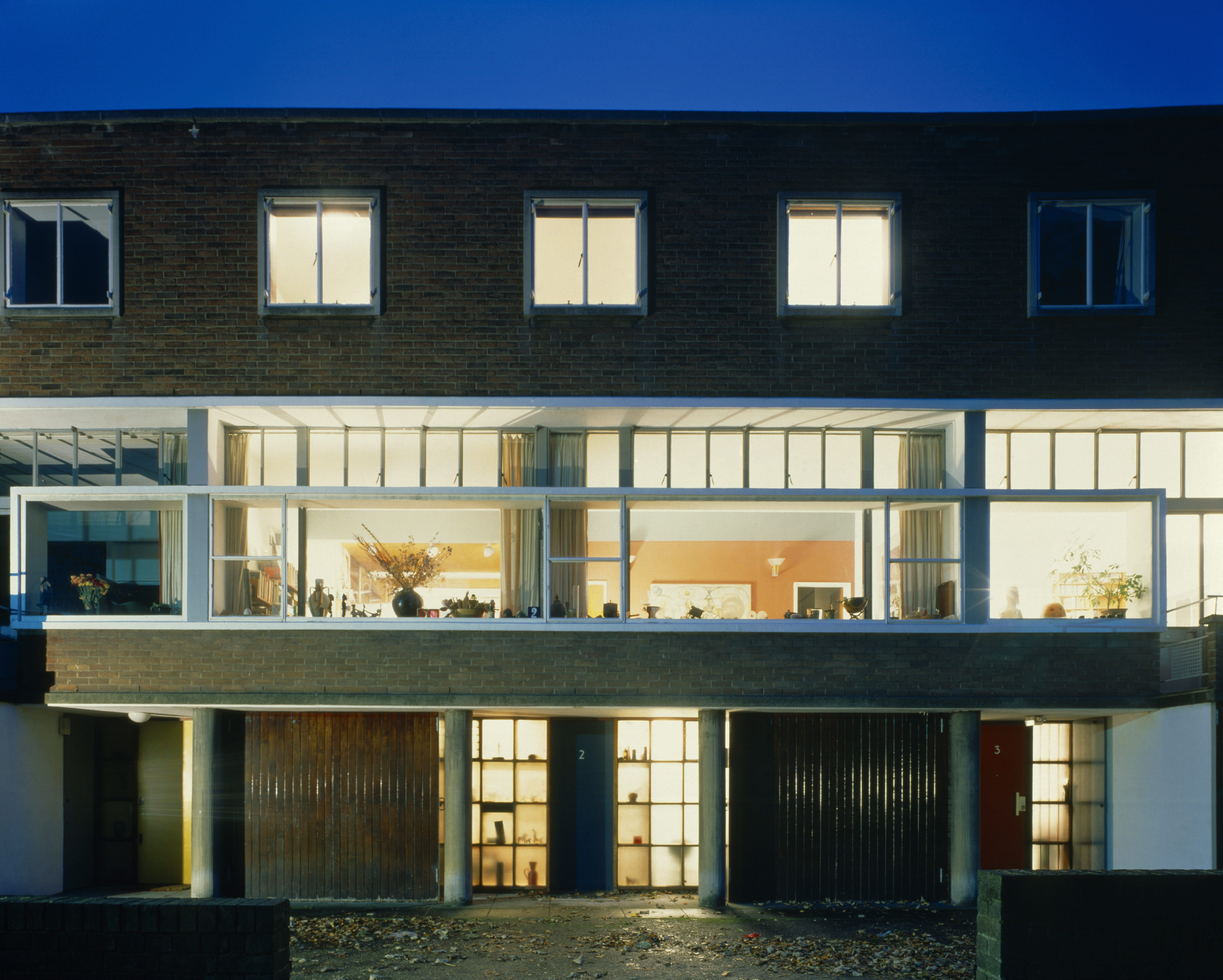
Located at 2, Willow Road, architect Ernó Goldfinger’s house (below) is something of an anomaly in a neighbourhood of Victorian houses. This fact was not lost on his neighbour, Sir Ian Fleming, who decided to name one of James Bond’s most memorable villains after him.
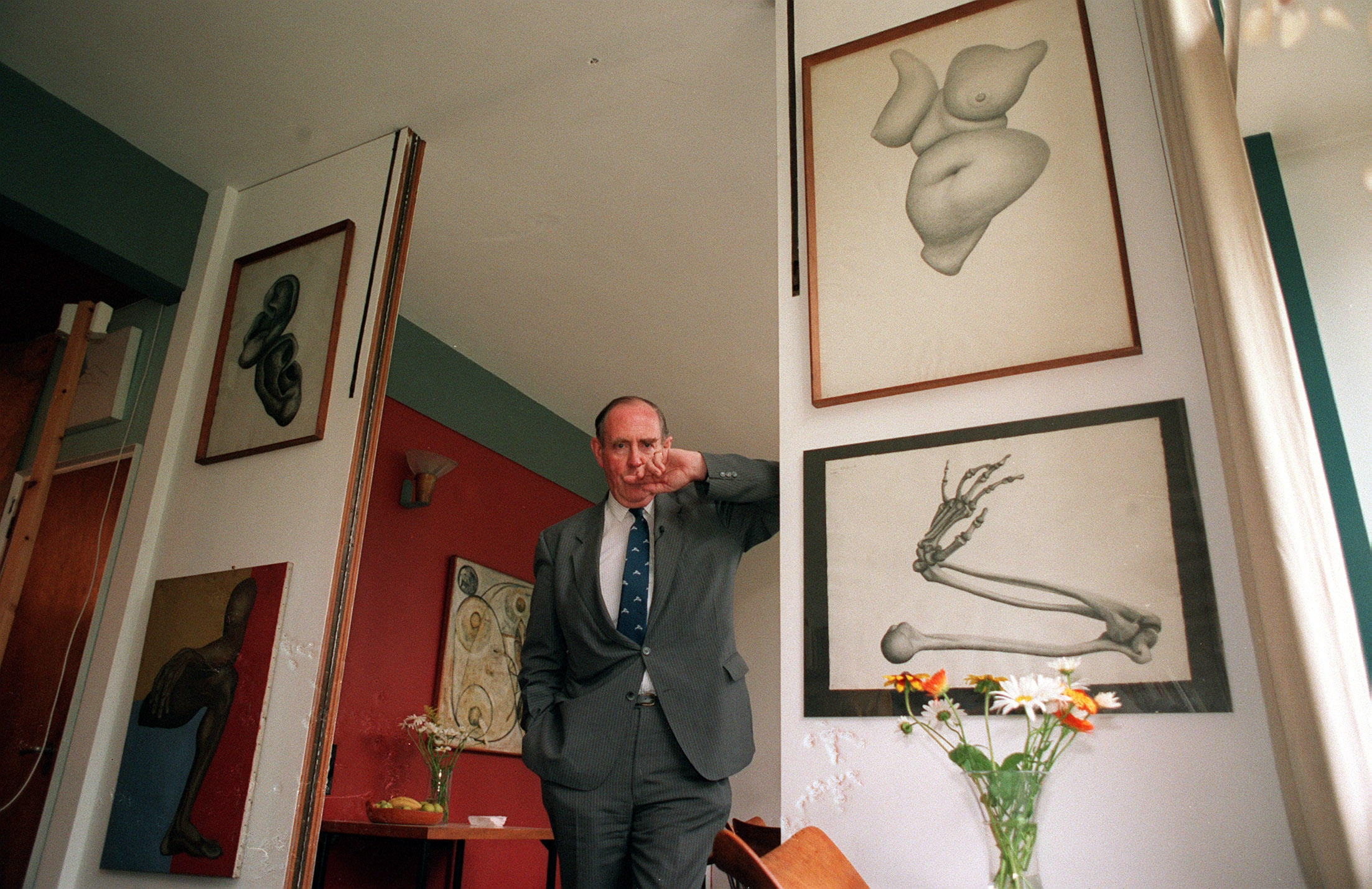
Ernó Goldfinger.
The house is not a Bauhaus building in the strict sense of it: most records identify it simply as ‘modernist’. Goldfinger himself is best known for designing Trellick Tower, an icon of London’s brutalist skyline.
Though perhaps more than Trellick Tower, 2, Willow Road stands as a paean to Goldfinger’s Bauhaus-inspired vision. Interiors were built along an open-plan design to eschew compartmentalisation and promote a more fluid way of living — along with a glassed-in conservatory to maximise natural light in the living spaces.
Goldfinger also designed bespoke furniture pieces for the house, using geometric shapes and materials to match the home’s modernist ethos. Today a Grade II-listed building, 2, Willow Road is maintained by the National Trust and welcomes visitors.
4. Embassy Court, Brighton
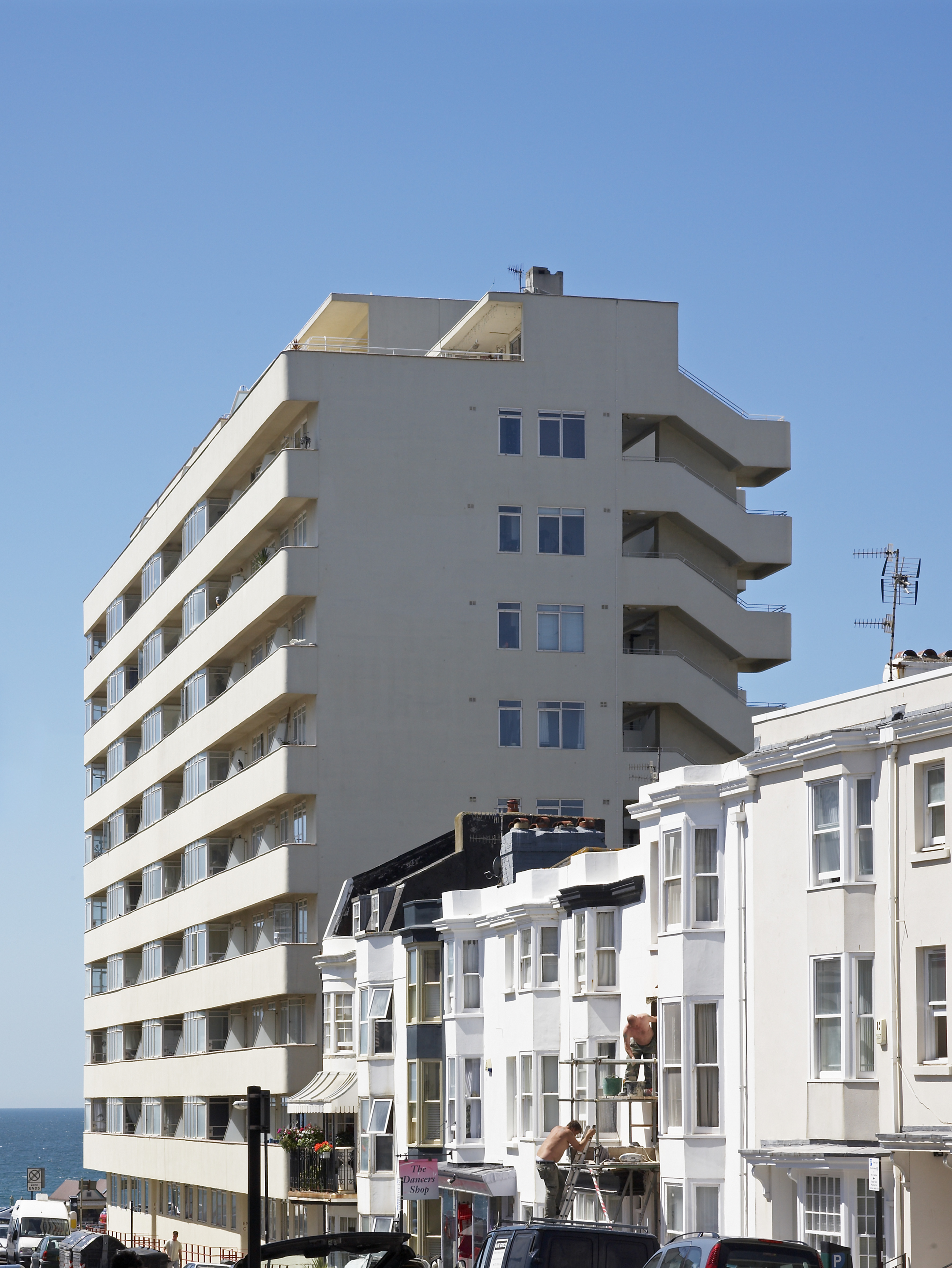
Embassy Court.
Arguably Wells Coates’ best known work, Embassy Court is a stalwart of the Brighton seafront and its postcards. Towering next to Hove’s Regency facades, it featured England’s first ever penthouse suites when it opened its doors in 1935.
Over 90 years, the fate of Embassy Court has ebbed and flowed: a succession of legal battles in the latter half of the twentieth century left it all but derelict until 2004, when Terence Conran’s architectural practice was brought in for restoration.
Occupying a spot that was once home to the second Viscount Astor’s villa, Embassy Court has long drawn praise and ire in equal measure. The architectural critics Antony Dale and Nikolaus Pevsner once called it ‘a good building in the wrong place’.
The building was a departure from the style in vogue at the time: Art Deco. Coates was more radical in his interpretation of modernism: using strong, horizontal lines and sweeping diagonal staircases to the rear.
5. New Ways, Northampton
A post shared by Isokon Gallery (@isokongallery)
A photo posted by on
Veering more into Art Deco territory, this Peter Behrens-designed home in Abingdon Park, Northampton, was named precisely after what it set out to do: inspire new ways of living.
The entrance is flanked by windows and overshadowed by a concrete hood, from which rises a projecting window in a ‘V’ shape. The white washed walls, flat roof and squat chimneys were all novelties at the time. It was also one of the first UK homes to have central heating, and has sometimes been called ‘the first modern house in Britain’.
New Ways was built in 1925-26 for the toy manufacturer, W J Bassett-Lowke, who commissioned Behrens after seeing his work on the AEG Turbine Factory in Berlin. To this day, it is privately owned.
6. The Royal College of Physicians, Regent’s Park, London
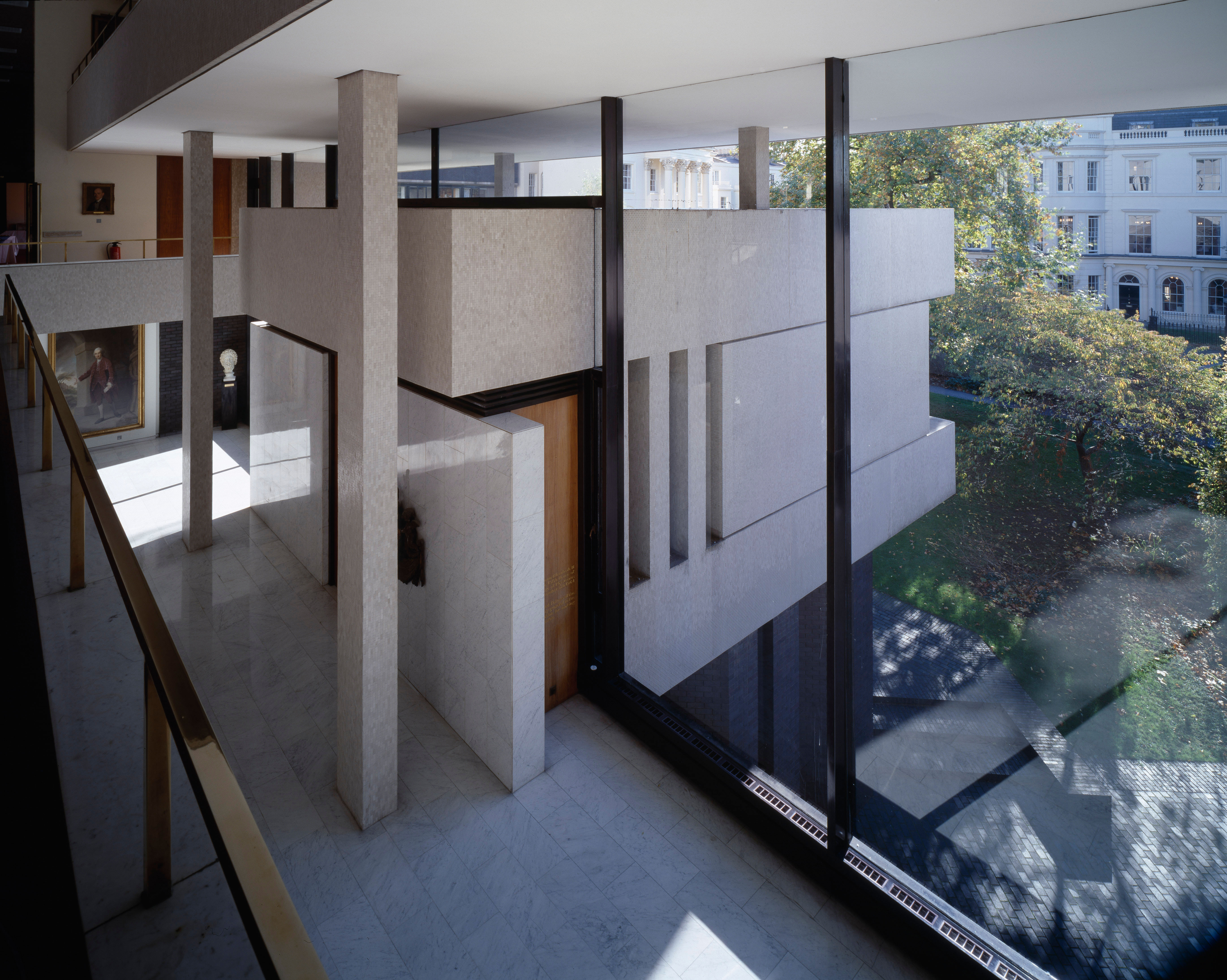
Considered one of London’s most important post-war buildings, the Royal College of Physicians opened in 1964. Designed by Sir Denys Lasdun (National Theatre, Keeling House), the modernist masterpiece was erected on the site of the former Someries House, a John Nash-designed building that was damaged during the Blitz.
The RCP was built using mosaic clad concrete, which later influenced buildings such as the British Rail Maintenance Depot in Paddington. It also contains a five-ton hydraulically-powered moving wall that separates the dining room and the long room. The main roof is made of precast concrete slabs on steel castellated beams, while the lecture hall roof is a steel pyramidal space frame.
Lasdun first worked under Wells Coates and was, like him, influenced by Le Corbusier. His own spin on the Bauhaus was more expressive, however: a result of more diverse inspirations that also included Baroque sculptor, Nicholas Hawksmoor (St Paul’s Cathedral, Blenheim Palace).
7. Hunstanton School, Norfolk
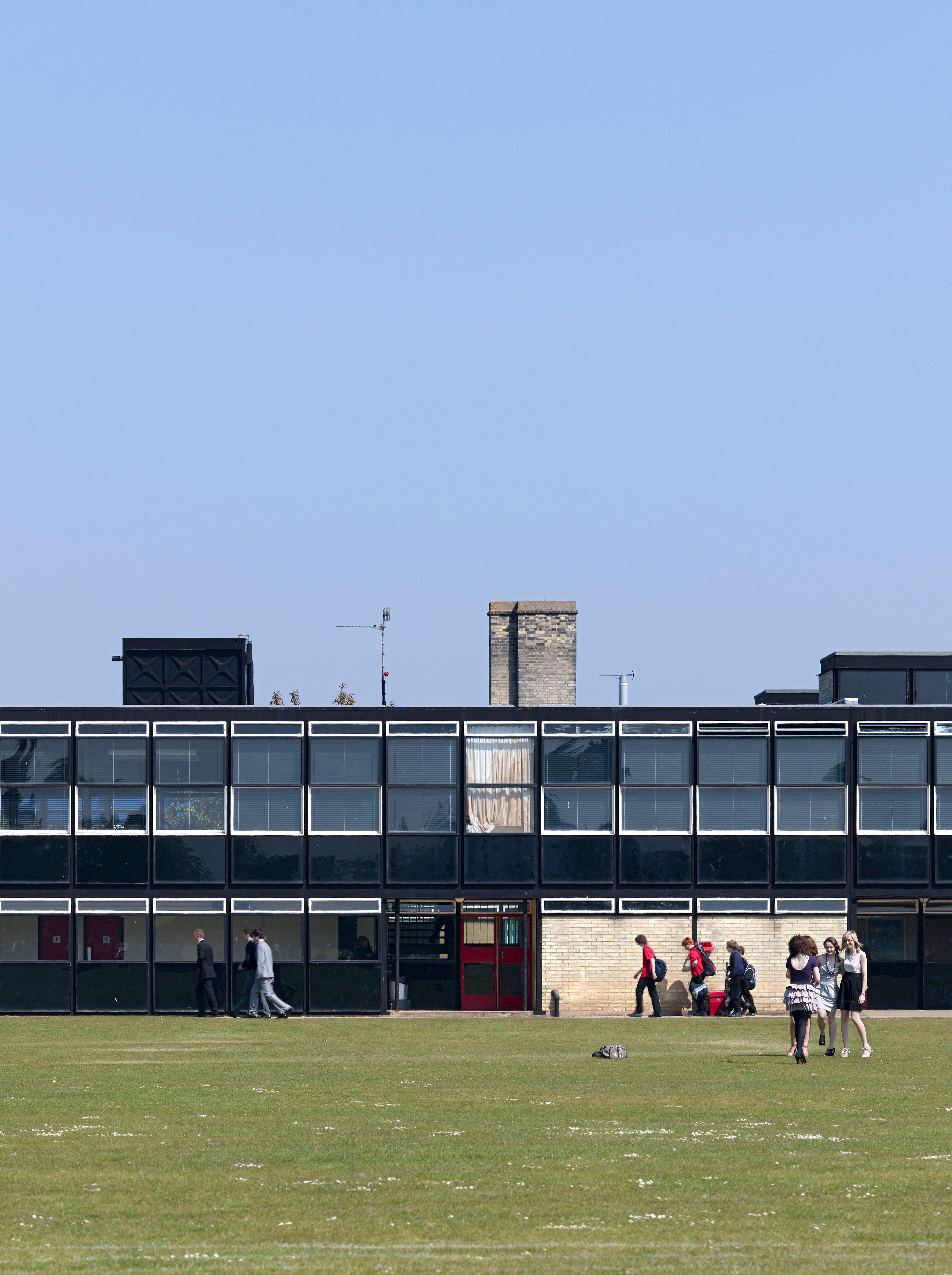
An unfavourable critic whose experience of school was that of a prison might look unfondly on Smithdon High, a comprehensive on the North Norfolk coast. But the building — originally christened Hunstanton School after the nearest town — is intended rather poetically as a marriage of modernist principles and educational benefit. The classrooms, for instance, are all on the first floor, reached by individual stair columns to prevent the noise and disruption caused by long corridors.
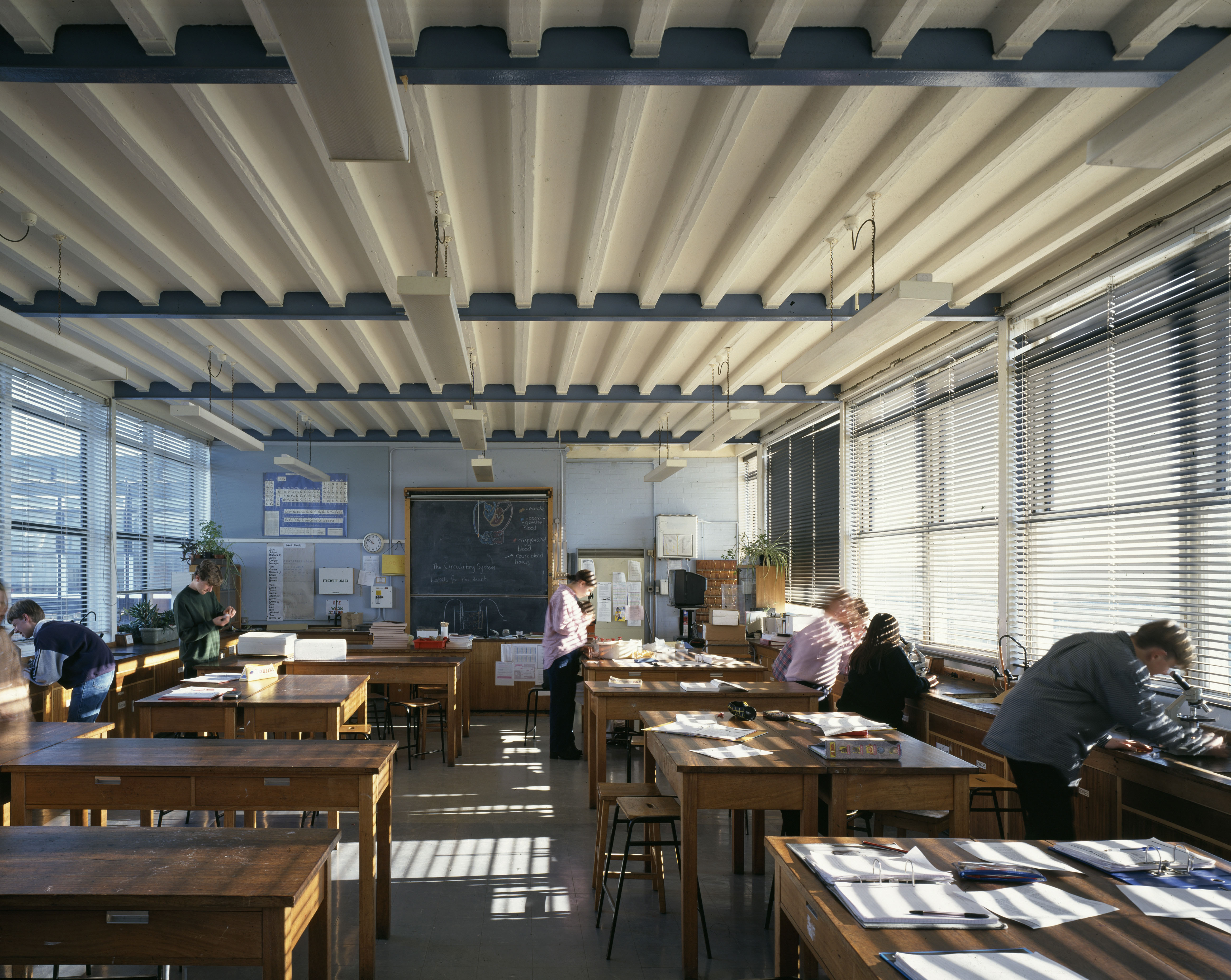
The design is an ode to Ludwig Mies Van Der Rohe, one of the forefathers of modernism and final director of the Bauhaus school. Built between 1949 and 1954 by duo Alison and Peter Smithson, Hunstanton School made extensive use of glass and steel and stood out for its free-standing water tower. An icon of what’s been termed the ‘New Brutalism’, both the main building and the school gymnasium have earned Grade II status.
Will Hosie is Country Life's Lifestyle Editor and a contributor to A Rabbit's Foot and Semaine. He also edits the Substack @gauchemagazine. He not so secretly thinks Stanely Tucci should've won an Oscar for his role in The Devil Wears Prada.
